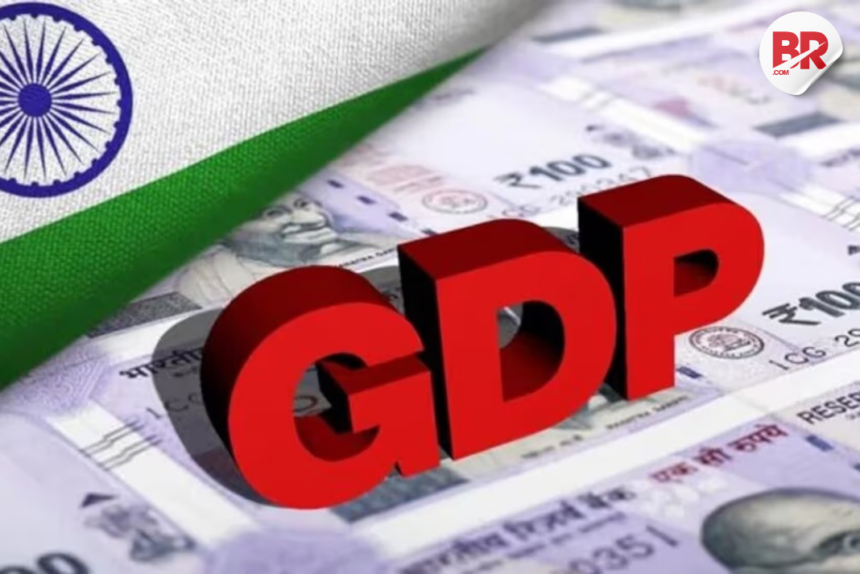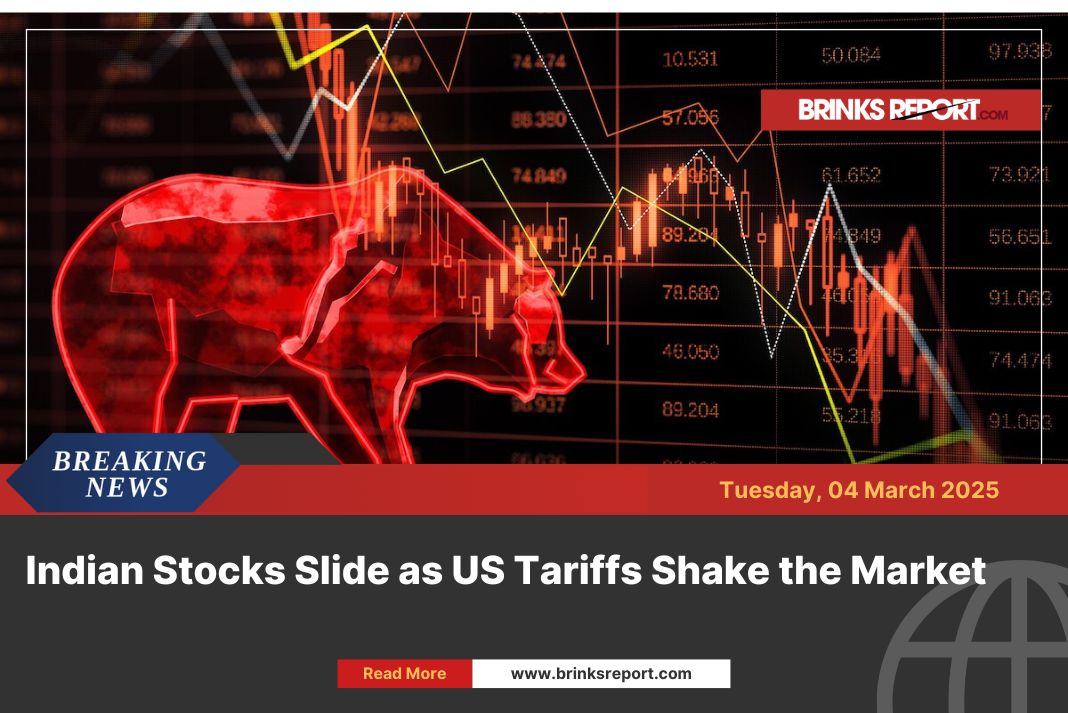
India’s GDP growth is forecast to slow to 6.4% in FY26, according to Fitch Ratings. The cut comes as global trade tensions heat up, threatening supply chains, exports, and investment flows across the world.
But what does that number mean for everyday Indians?

It means fewer jobs in key sectors. Slower wage growth. Maybe even pricier imports. When big countries bicker over tariffs, the effects ripple out, and India’s economy, while strong, doesn’t operate in a bubble.
Let’s break down what’s happening—and what India can do to steer through it.
What’s a Trade War, and Why Should India Care?
A trade war is an economic shouting match with taxes. Countries impose tariffs or barriers to punish others—often for “unfair trade practices.” But the result? Businesses suffer, supply chains break, and global growth slows.
Fitch’s downgrade comes as global growth estimates fall due to this “severe escalation.” And since India depends partly on exports and global investment, it feels the impact directly.
Think of it like trying to run a marathon during a sandstorm—you’re still fast, but the wind matters.
Also Read: Infosys Q4 Dilemma: Earning More, Keeping Less—Is the Growth Model Flawed?
Why 6.4%? The Forces Behind the Forecast
So, why did Fitch land on 6.4% GDP growth for India?
Because it reflects a mix of hope and hazard.
✅ Domestic Strengths
India’s huge population and growing middle class create strong local demand. That’s a cushion against external shocks.
⚖️ Government Policy
Reforms like infrastructure upgrades and “Make in India” help long-term resilience. But they take time.
🌍 Global Exposure
India still needs strong export markets—especially for IT, engineering, and textiles. If demand dips globally, Indian businesses take a hit.
💸 Investment Climate
Trade wars make investors nervous. That could slow the flow of foreign capital India needs for infrastructure, startups, and manufacturing.
Also Read: The US-China Trade War Just Hit Closer to Home: Indian Metals Take a Hit
How the Trade War Impacts India (Beyond the Headlines)
Here’s how the global trade tension could affect you, even if you’re not in business:
- Fewer Export Orders → Less factory work in textiles and electronics.
- Disrupted Supply Chains → Delays in product deliveries and higher prices.
- Currency Volatility → The rupee may weaken, making foreign travel and imports costlier.
- Reduced Investments → Slower job creation in sectors like real estate and tech.
Tariffs might be policy tools, but they also act like surprise potholes in a growing economy’s path.
India’s Game Plan: Turning Headwinds into Opportunity
India isn’t standing still. Here’s what could help weather the storm:
- Diversify Export Markets: More trade with Africa and Latin America can reduce dependence on the US, EU, and China.
- Boost Domestic Manufacturing: “Make in India” aims to cut imports and build local jobs.
- Invest in Infrastructure: Better roads, ports, and logistics can improve global competitiveness.
- Embrace Innovation: A tech-forward economy is more flexible—and more future-proof.
For long-term growth, India must turn this global mess into momentum.
Also Read: Gold Price Hits Historic Peak—Are Trade Wars and Dollar Weakness the New Norm?
Conclusion: Resilience, With a Side of Reality
India’s GDP growth is still among the highest globally. But a 6.4% forecast is a wake-up call. In a connected world, no economy is truly isolated.
The good news? India has tools. A vast market. Smart policy levers. And a tech-savvy workforce. The key lies in using them wisely.
Because when the global economy throws punches, India can’t just duck—it has to dance.
Also Read: How Trade Tariffs in 2025 Are Disrupting Supply Chains and Investment Strategies












